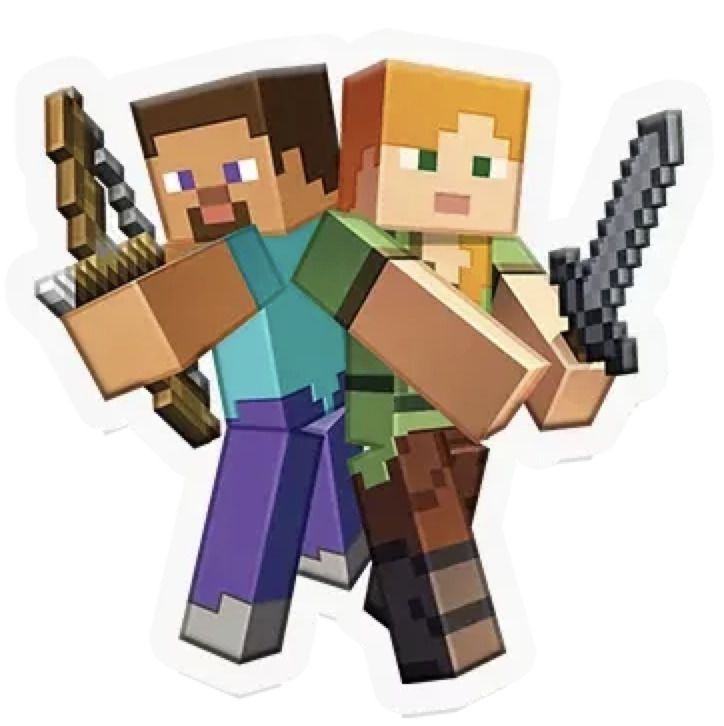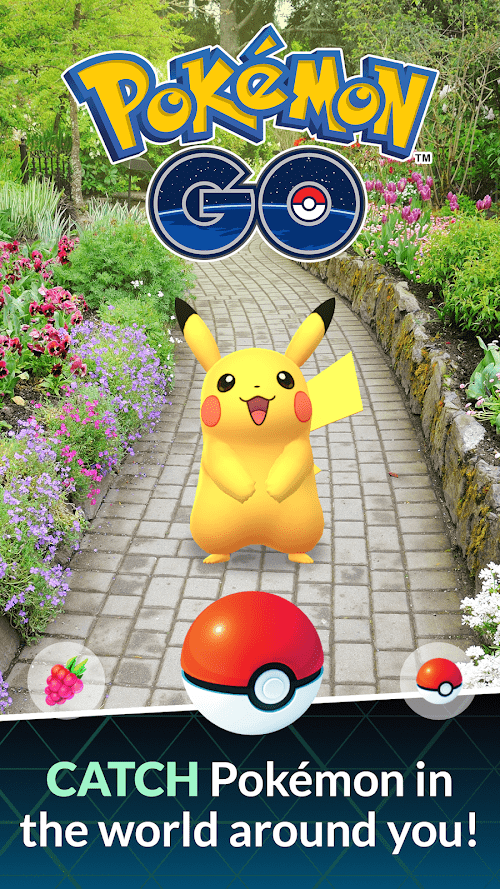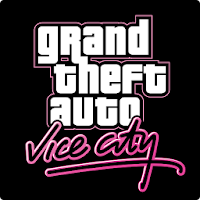












Pokémon GO
 Safety
Safety




Editor's Review
In the summer of 2016, Niantic, Inc. unleashed a cultural phenomenon that captivated millions of people around the globe. Pokémon GO, a mobile augmented reality (AR) game, took the world by storm, combining the beloved Pokémon franchise with real-world exploration, exercise, and social interaction. This groundbreaking game transformed the way people engage with the digital realm, redefining the boundaries between the virtual and physical worlds.
At its core, Pokémon GO is an AR game that encourages players to venture out into the real world to discover, catch, and train virtual creatures known as Pokémon. Players navigate a map, which is a mirror of their immediate surroundings, using their smartphone's GPS capabilities to locate Pokémon. The game overlays digital creatures onto the physical world through the device's camera, creating an immersive experience where Pikachu may appear on your neighborhood street, or Charizard might be found at a local park. This merging of digital and real-world elements creates an unparalleled sense of wonder and excitement, fostering a profound connection between players and the Pokémon universe.
One of the key factors behind Pokémon GO's extraordinary success is its ability to promote physical activity and outdoor exploration. In an era marked by sedentary lifestyles and screen addiction, the game inspired people to get off the couch and embark on outdoor adventures. Players found themselves walking, biking, and exploring their communities as they pursued Pokémon. Niantic's ingenious use of the game's mechanics, such as egg-hatching tied to the number of steps taken, motivated players to exercise and connect with nature. Pokémon GO was instrumental in combating the worldwide epidemic of physical inactivity, offering a unique and enjoyable solution.
Moreover, the game's social aspects played a pivotal role in its widespread appeal. Pokémon GO fostered a sense of community, uniting players from diverse backgrounds and ages in the shared pursuit of capturing Pokémon. Local parks and landmarks transformed into hubs of social interaction, as players gathered to share tips, trade Pokémon, and engage in friendly battles. These gatherings offered a refreshing departure from the isolation often associated with traditional video gaming, creating genuine connections in the physical world.
Furthermore, Pokémon GO's impact extended beyond individual players to businesses and local economies. Niantic introduced sponsored locations and in-game events that enticed players to visit specific stores and venues. This innovative approach not only boosted foot traffic for these businesses but also generated a lucrative revenue stream for Niantic. The game's popularity fueled a unique and mutually beneficial ecosystem, where players enjoyed exclusive in-game perks while supporting local commerce.
As a testament to its immense cultural significance, Pokémon GO was more than just a game; it became a global phenomenon. Countless news stories documented players embarking on daring adventures to catch rare Pokémon, while some iconic locations, such as Central Park and the Sydney Opera House, were transformed into virtual battlegrounds for massive gatherings of players. Pokémon GO events drew thousands, or even tens of thousands, of attendees, showcasing the game's unparalleled ability to create a sense of unity and shared experience.
Niantic's constant updates and the introduction of new Pokémon generations ensured that players remained engaged and eager to explore. The introduction of Raid Battles, which required players to collaborate in defeating powerful Pokémon, added a layer of cooperation and teamwork, further deepening the game's social bonds. The game's Community Days and special events, where specific Pokémon were more abundant for a limited time, consistently attracted players, creating a strong sense of anticipation and excitement.
While Pokémon GO's impact was overwhelmingly positive, it was not without its challenges. Safety concerns arose as players became engrossed in the game, sometimes oblivious to their physical surroundings. Reports of accidents and trespassing incidents sparked discussions about the need for responsible gameplay. Niantic responded by implementing features like speed limits and warning messages, promoting safer gameplay practices.
In conclusion, Pokémon GO stands as a remarkable milestone in the history of gaming, technology, and cultural phenomena. Its ability to encourage physical activity, foster social connections, and redefine the boundaries between the virtual and real worlds has left an indelible mark on society. By transforming mundane streets into pathways to adventure and making it possible to catch 'em all in the world outside our screens, Niantic's Pokémon GO has proven that there are still uncharted territories waiting to be explored at the intersection of technology and the human experience.
By Mina | Copyright © GameHola - All Rights Reserved























Comments